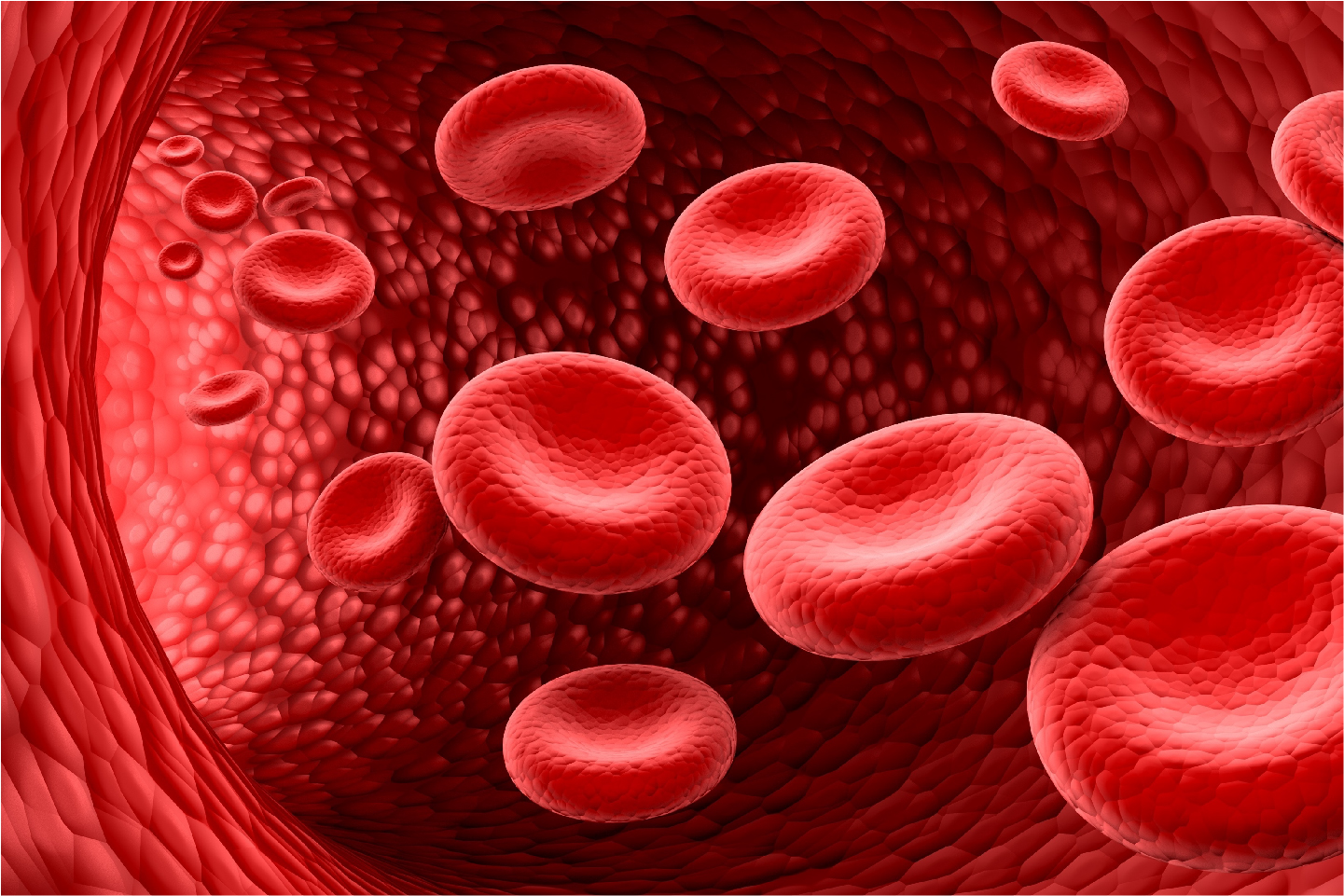News and Insights
Life of patients with haemophilia: The pain we don’t see
December 18, 2023
Bruising is normal and grows more common and more visible as people age. However, did you know that in some cases, bruising can be a warning sign of a serious health issue? For 25-year-old Shiva Kukatla, this unexplained bruising was present since birth. At the age of 2, when he started crawling and walking, the bruising increased. More worryingly, the bruises did not heal as expected. Hailing from Medchal, a small village on the outskirts of Telangana, Shiva’s parents found it difficult to get a diagnosis at the local medical facilities. They had to travel to Hyderabad to consult a hematologist who diagnosed Shiva with haemophilia.
Understanding haemophilia
Haemophilia is a rare bleeding disorder that affects the blood’s ability to clot. It is usually inherited and occurs mostly in males. However, it can occur even without any family history of the condition1. This disease can cause spontaneous bleeding along with excessive bleeding following injuries or surgery. Blood contains many proteins called clotting factors that help to stop bleeding. However, people with haemophilia have low levels of either factor VIII (8) or factor IX (9). The severity of the disease is defined by the number of factors in the blood. The lower the amount of the factor, there is a high chance of bleeding which can lead to serious health problems2.
Globally, more than 2,00,000 people suffer from haemophilia3. The total number registered with Haemophilia Federation India (HFI) is less than 20,000, but India may have around 8,0000-100000 severe haemophilia cases. Many patients do not get diagnosed due to a lack of awareness, scarcity of diagnostic facilities, and the high cost of tests. Standard coagulation laboratories are not available in most district hospitals and medical colleges which highly impacts the diagnosis of new cases. If left untreated, frequent internal bleeding can cause arthritis or destruction of the joint and even death4.
Financial burden
The World Health Organization (WHO) and the World Federation of Haemophilia recommend prophylaxis i.e., the infusion of factors to prevent a bleeding episode, as the gold standard for treating haemophilia. Physiotherapy is also required to help reduce the chances of joint deformities, improve muscle strength/coordination, and reduce pain and inflammation. However, treatment decisions in patients are driven by their economic condition and access to therapy. For every bleeding episode, the cost of treatment can go up to Rs. 20,000 – Rs 30,000 for two doses. For instance, Shiva suffers from factor VIII deficiency and therefore, is highly vulnerable to spontaneous bleeds or prolonged and excessive bleeding after minor trauma. He has a tough time getting the clotting factor as it is only available in selected government hospitals or is arranged by charities. Hence, most patients rely only on RICE (Rest, Ice, Compression, and Elevation). Other adjunct therapies such as epsilon-aminocaproic acid (EACA), tranexamic acid, and wet products such as fresh frozen plasma (FFP) and cryoprecipitate are also available5.
Life with haemophilia
People with haemophilia can feel isolated and misunderstood. “Patients have to withstand the stigma associated with their disorder. When I was a child, my classmates refused to interact with me due to the fear of contracting the disease,” said Shiva. Even parents of children with haemophilia can be completely blindsided by it. “The emotional and social impact on parents is hardly talked about. When my parents first came to know about my diagnosis, they tried to find a solution through traditional medicine, cultural practices, and religious rites,” he added. Apart from his physical health, Shiva also focuses on his emotional and mental well-being and does not let his disease hold him back. He actively mentors young patients and their parents to spread awareness.
Today, there are various support groups for haemophilia patients that have contributed to creating awareness amongst patients and organizing treatment facilities. In the last few years, numerous state governments have also started financing anti-haemophilic factors, making them freely available at some centers. However, there is an urgent need for collaboration among the government, healthcare organizations, NGOs, and the patient community to further expand awareness and ensure improved access to treatment and care with an emphasis on better control and prevention of bleeds.
References
1. https://www.nhs.uk/conditions/haemophilia/causes/
4. https://www.mayoclinic.org/diseases-conditions/hemophilia/symptoms-causes/syc-20373327
TAGS: Technology
